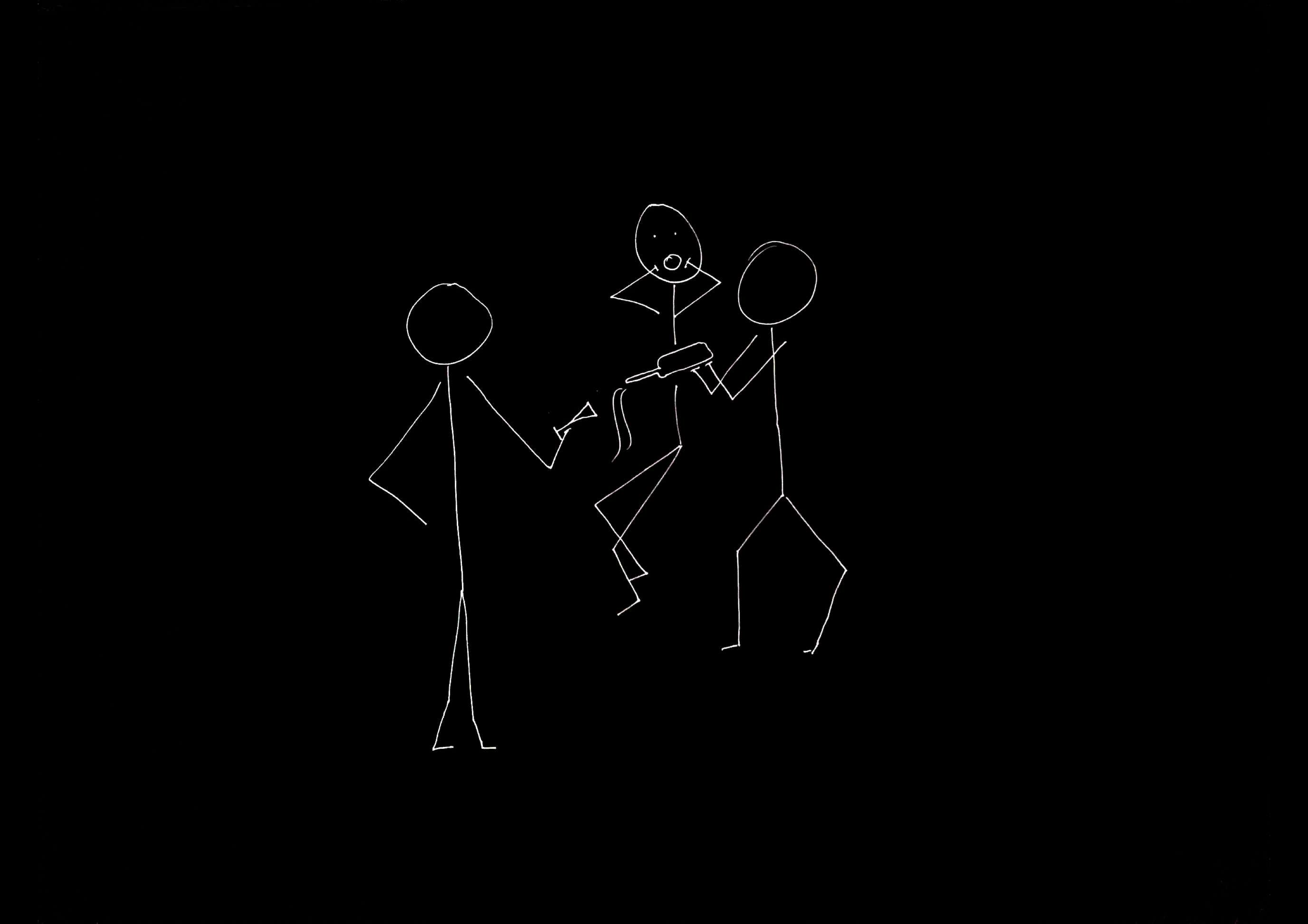Click here and press the right key for the next slide (or swipe left)
also ...
Press the left key to go backwards (or swipe right)
Press n to toggle whether notes are shown (or add '?notes' to the url before the #)
Press m or double tap to slide thumbnails (menu)
Press ? at any time to show the keyboard shortcuts
Motor Representations Ground the Directedness of Actions to Goals

You tilt the bottle thereby pouring prosecco all over Zac's trousers.
You might say, the goal of my actions was not to soak Zac's trousers but to
fill his glass.
What is the relation between a purposive action and the outcome or outcomes to which it is directed?
As this illustrates,
some actions involving are purposive in the sense that
But is intention the only thing that can link actions to outcomes?
I will suggest that motor representations can likewise perform this role.
Now as Elisabeth Pacherie has argued (and I’ve had a go at arguing this in joint work with Corrado Sinigaglia recently too),
motor representations are relevantly similar to intentions.
Of course motor representations differ from intentions in some important ways (as Pacherie also notes).
But they are similar in the respects that matter for explaining the purposiveness of action.
(1) Like intentions, some motor representations represent outcomes (and not merely patters of joint displacement, say).
(2) Like intentions, some motor representations play a role in coordinating multiple more component activities by virtue of their role as elements in hierarchically structured plans.
(3) And, like intentions, some motor representations coordinate these activities in a way that would normally facilitate the outcome’s occurrence.
The claim is not that \emph{all} purposive actions are linked to outcomes by motor representations, just that some are.
In some cases, the purposiveness of an action is grounded in a motor representation of an outcome; in other cases it is grounded in an intention.
And of course in many cases it may be that both intention and motor representation are involved.

I started by observing that there are two quite different approaches to
answering the question, Which events are actions?
What does the ground I’ve so far tell us about this?
I don’t think it tells us much yet (there’s much more to come).
First, both stories are stories about purposive actions.
So they don’t have clearly demarcated domains.
Second, it may make it tempting to think that motor representations are just a kind of intention,
and so to take the radical view that there are not really two distinct stories here at all.
intention = motor representation? No!